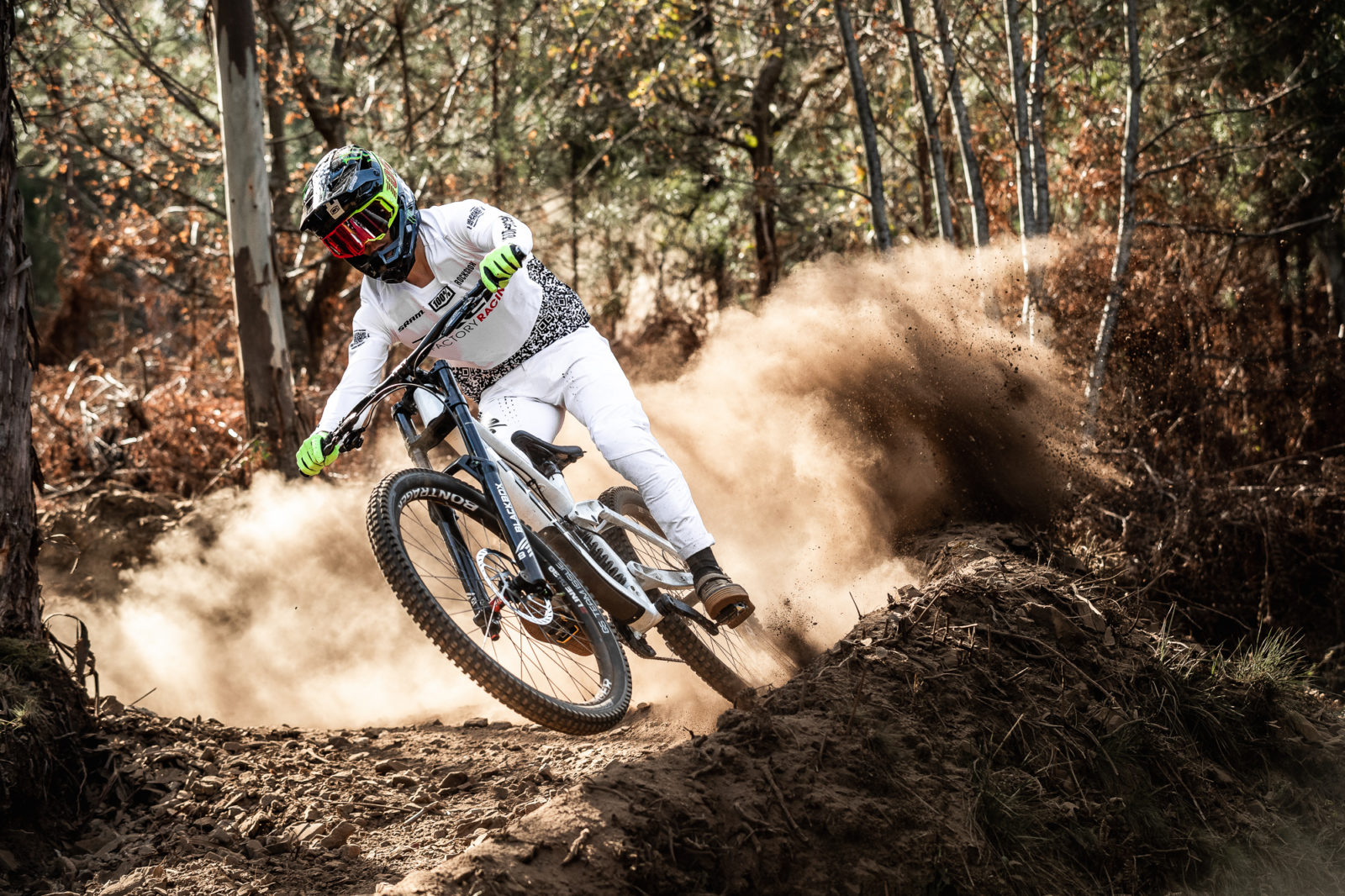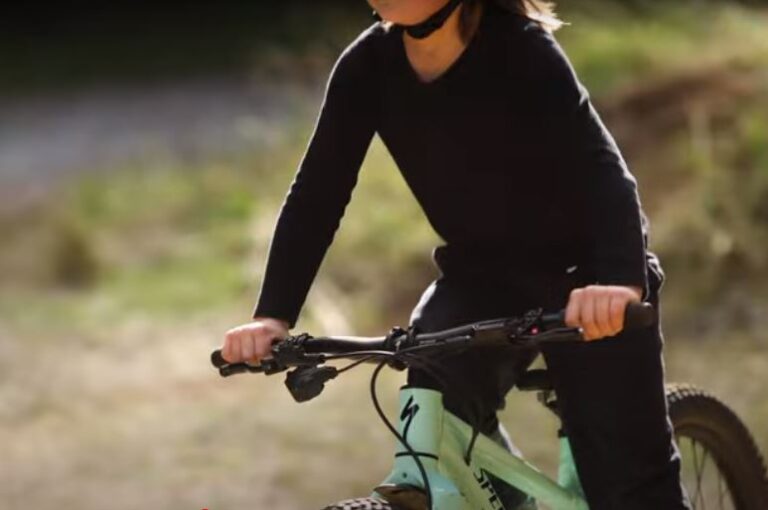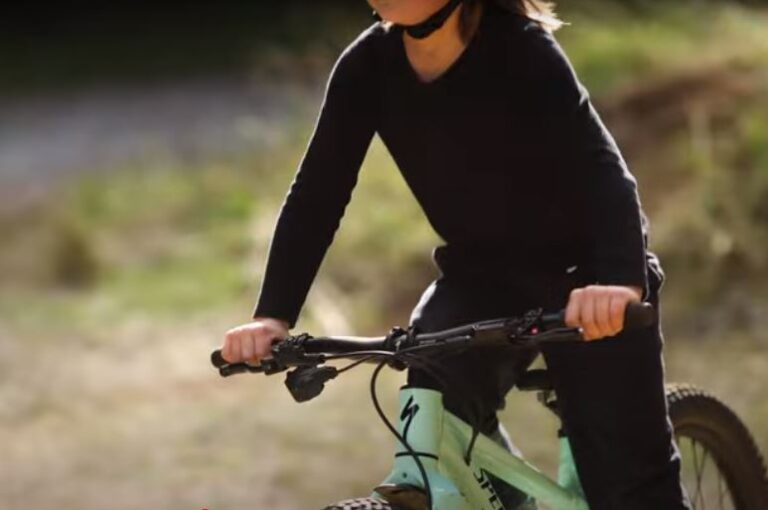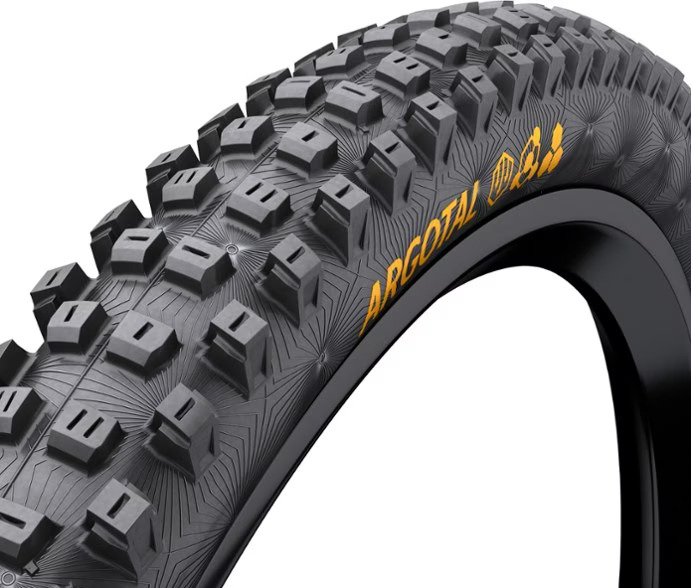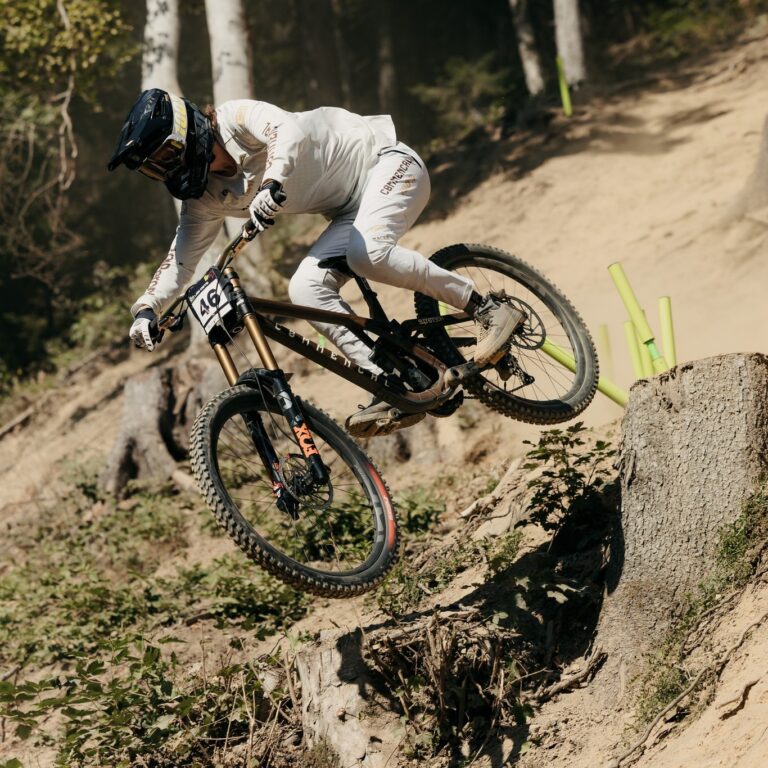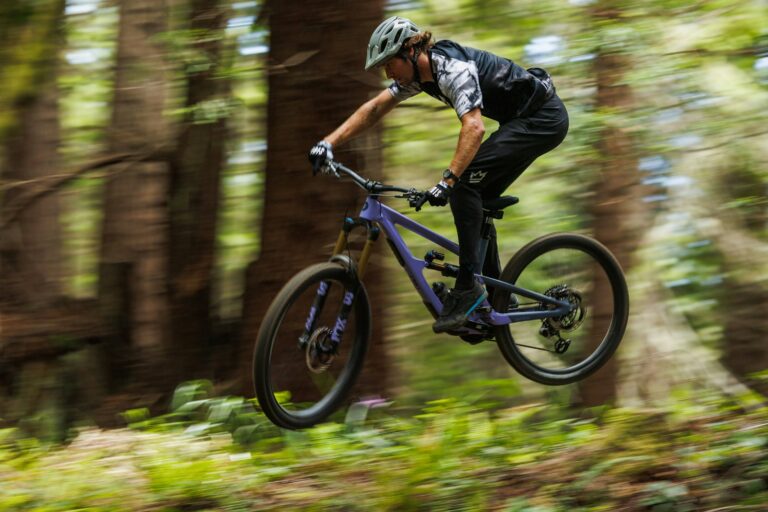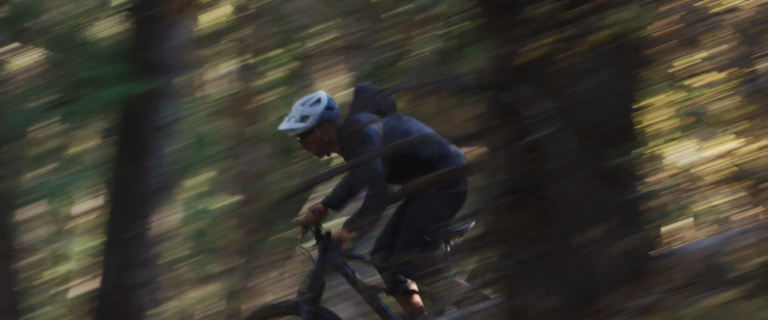Conquering the Descent: Understanding Suspension in Downhill Bikes
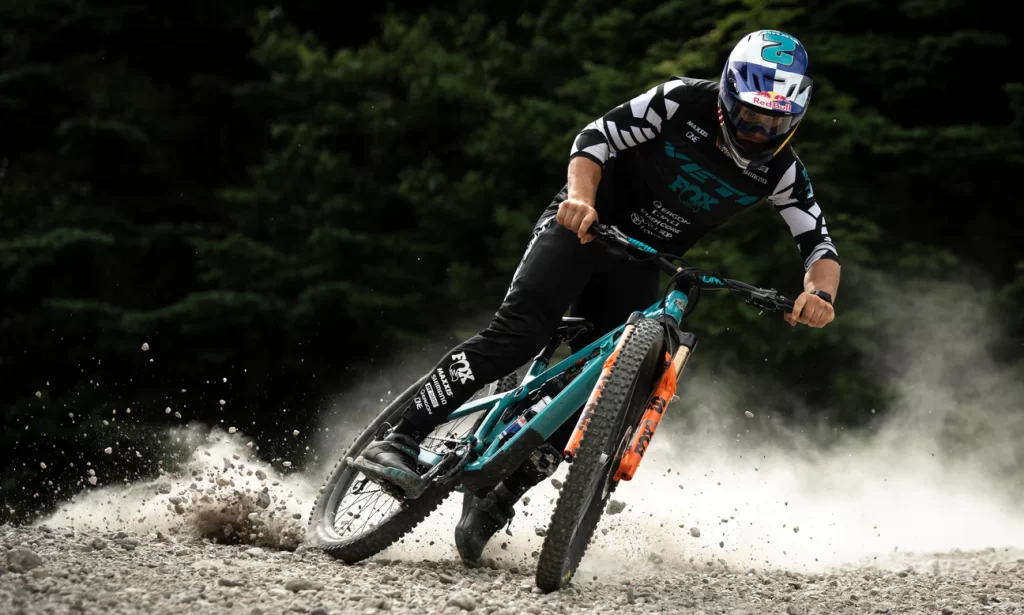
Key Point Summary of Understanding Suspension in Downhill Bikes:
- Essential Role of Suspension: Suspension systems in downhill bikes are crucial for absorbing impacts, maintaining traction, and providing control on steep, rough terrains.
- Types of Suspension Systems: Explains the difference between dual (full) suspension setups and their key components, including front forks and rear shocks.
- Full Suspension Technology: Highlights the benefits of full suspension for downhill biking, such as improved comfort and better handling over diverse terrains.
- Shock Tuning Basics: Introduction to the fundamentals of tuning suspension, including adjustments for rebound, compression, and spring rate to match rider weight and riding style.
- Advancements in Suspension Technology: Brief overview of recent innovations in downhill bike suspension, such as air versus coil shocks, and electronically controlled suspension systems.
Venturing into the adrenaline-fueled world of downhill biking, the importance of a reliable suspension system becomes unmistakably clear. As a masters cyclist with a rich background in mountain biking, gravel grinding, and cyclocross, I’ve navigated a variety of terrains and faced the challenges that come with them. Downhill biking, with its steep descents, technical trails, and high-speed demands, places unique requirements on bike suspension.
For beginners and mid-level cyclists looking to understand or upgrade their downhill setups, grasping the nuances of suspension technology is pivotal. This article aims to demystify suspension systems in downhill bikes, shedding light on how they work, why they’re essential, and how to tune them for peak performance. Whether you’re dialing in your race machine or gearing up for your next park day, a solid understanding of your bike’s suspension will transform your riding experience.
Deep Dive into Downhill Bike Suspension
Essential Role of Suspension
At the heart of downhill biking is the ability to tackle rough terrain at speed. A well-designed suspension system absorbs impacts from rocks, roots, and drops, allowing for smoother descents and more control.
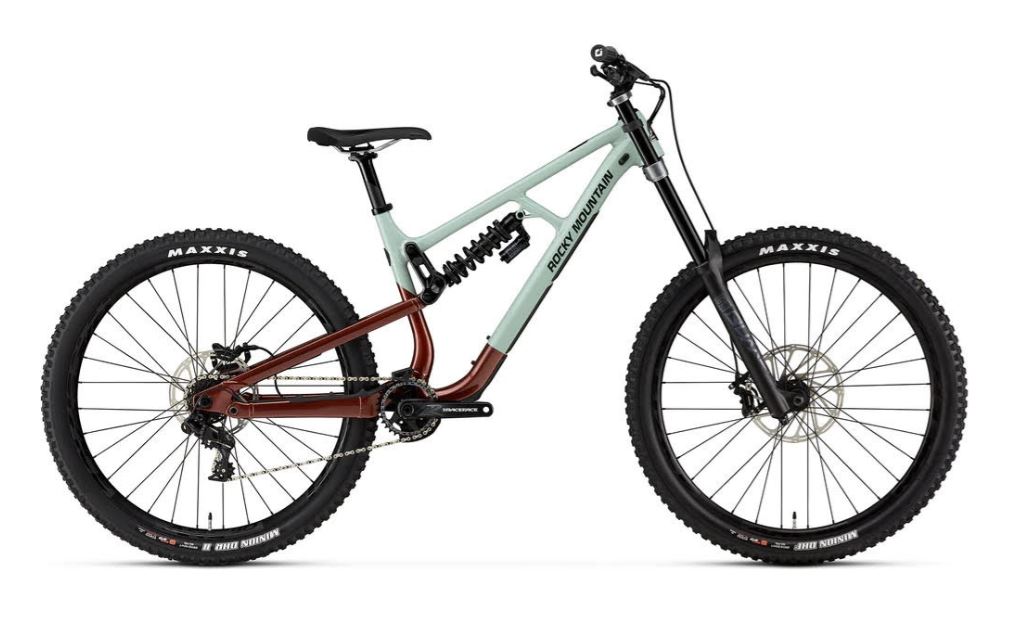
Types of Suspension Systems
Downhill bikes predominantly use full suspension setups, featuring both front and rear shocks. This section breaks down the components of these systems and their function in absorbing terrain impacts.
Full Suspension Technology
Modern downhill bikes leverage advanced suspension technologies to maximize performance. This includes varying shock absorbers, linkage designs, and materials to enhance durability and responsiveness.

Shock Tuning Basics
Tuning your suspension is critical for optimizing performance. Adjustments to rebound speed, compression damping, and spring preload can significantly affect bike handling, making it crucial to understand the basics of shock tuning.
Advancements in Suspension Technology
The evolution of downhill bike suspension has seen significant advancements. From the introduction of air shocks for their adjustability and weight advantages to the development of electronic suspension systems that offer on-the-fly adjustments, technology continues to push the boundaries of what’s possible.

Wrapping Up
Understanding and optimizing the suspension system on your downhill bike can dramatically enhance your riding experience, offering improved control, comfort, and confidence on the most challenging descents. As technology continues to evolve, staying informed about the latest advancements and tuning techniques will ensure you’re always ready to tackle the mountain with the best setup possible.
Here are some of the top downhill bikes celebrated for their capabilities on steep and challenging terrains:
- Trek Session 9.9: The Session 9.9 has long been a staple in the downhill world, featuring a lightweight carbon frame, high-performance suspension, and geometry tailored for speed and agility on technical courses.
- Santa Cruz V10: With multiple World Championship titles to its name, the V10 is legendary in the downhill circuit. It offers exceptional suspension performance and a robust frame design, making it a top choice for serious racers.
- Commencal Supreme DH 29/27: The Supreme DH utilizes a mixed-wheel setup (29-inch front, 27.5-inch rear) to combine rollover capability with agility. It’s designed for maximum efficiency and speed on downhill tracks.
- YT Tues CF Pro: The YT Tues CF Pro delivers outstanding value and performance, featuring a carbon frame, high-quality suspension components, and a geometry that’s been refined through extensive racing experience.
- Canyon Sender CFR: Engineered for the demands of World Cup circuits, the Sender CFR boasts cutting-edge suspension technology, a carbon frame for reduced weight, and aggressive geometry for unparalleled control at speed.
These downhill bikes represent the pinnacle of what’s currently available in the market, offering advanced technologies and designs to help riders tackle the most demanding downhill tracks. Whether you’re a seasoned racer or an enthusiast seeking the thrill of downhill riding, these models deliver the performance and reliability needed to push the limits of gravity-assisted mountain biking.

FAQ
Do you need dual suspension for downhill?
Yes, dual (full) suspension is essential for downhill biking, providing the necessary shock absorption, traction, and control for navigating steep, rough terrains safely and effectively.
How much suspension does a downhill bike have?
Downhill bikes typically have between 180mm to 200mm (7 to 8 inches) of suspension travel, both front and rear, to effectively absorb large impacts and provide stability on steep, rough terrain.
